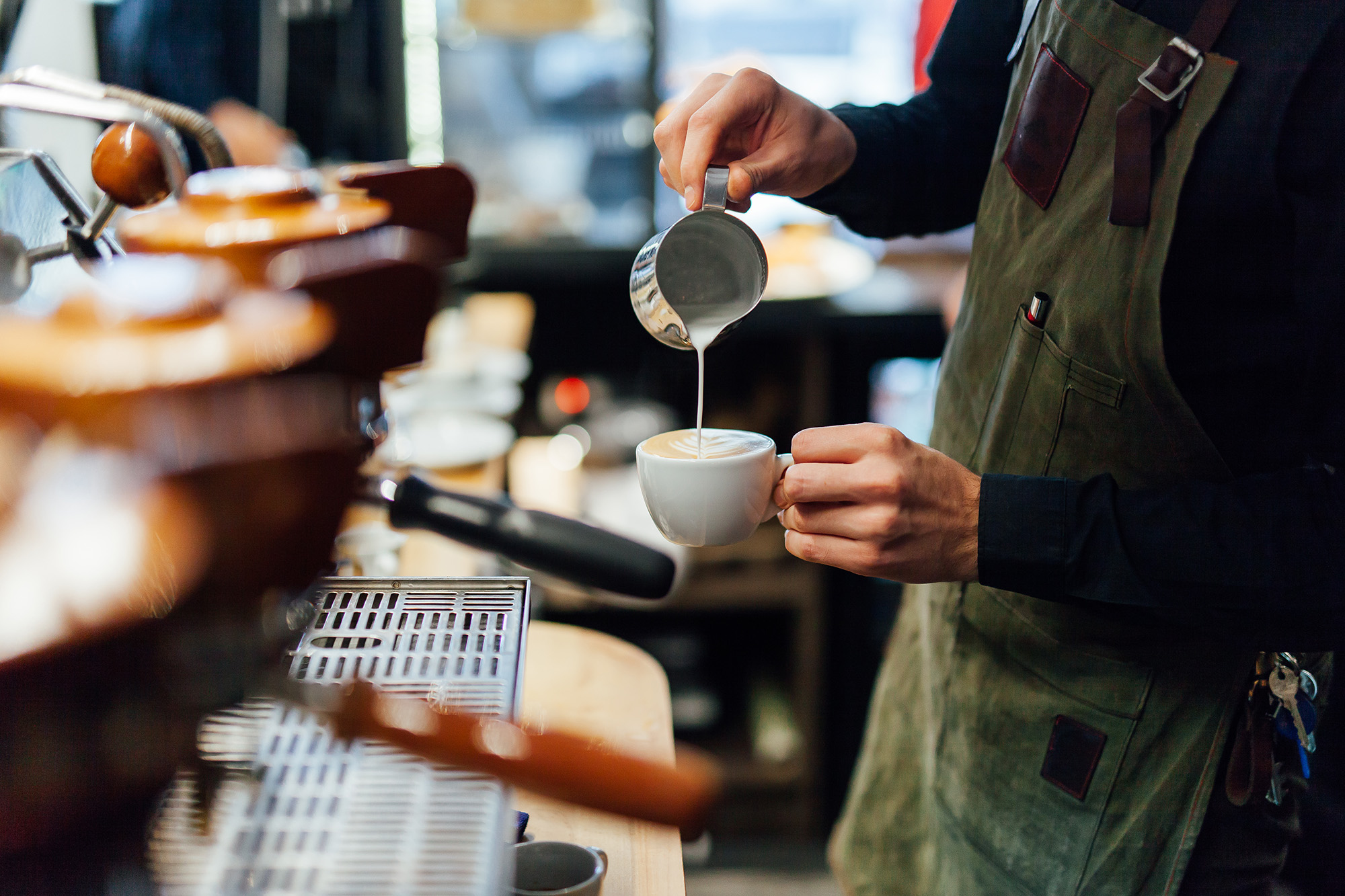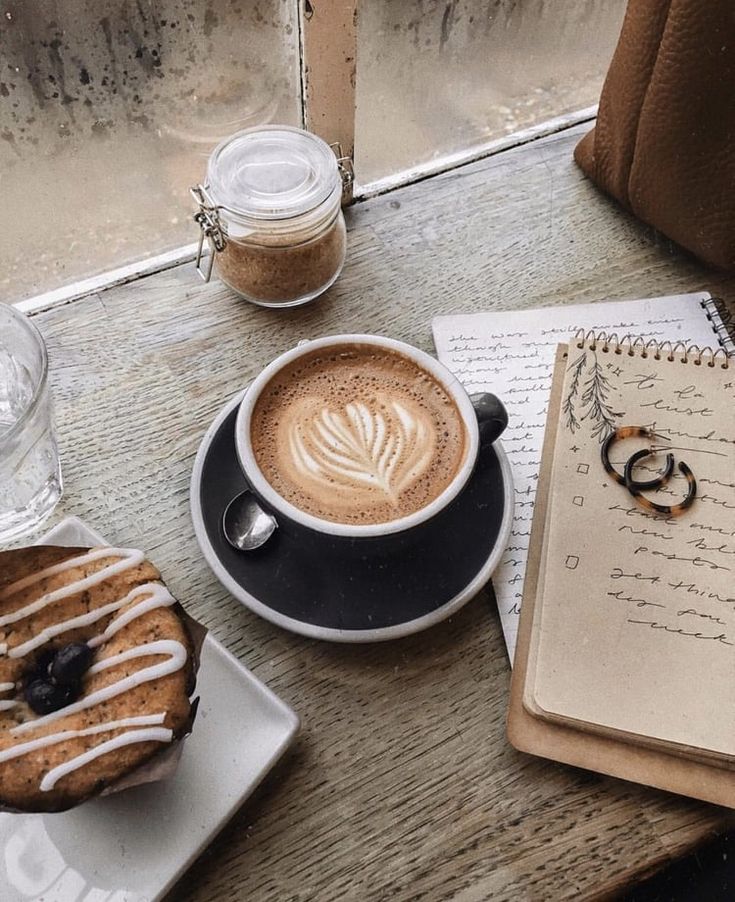
Many coffee lovers hopping from one cafe hotspot to another have likely wondered why there can be such a significant difference in coffee quality. You might order the same flat white or latte no matter where you go, but they are rarely the same – with some standing out more than others for their depth of flavour and delicious taste.
Many factors can be at play when it comes to making the perfect cup of coffee – keep reading to learn what to look out for!
#1 – The Skillset of the Barista
After tasting the best coffee in Queenstown or the worst coffee elsewhere, it’s easy to be baffled by the enormous differences between them. Not surprisingly, it’s the barista’s skills which can dictate whether your coffee is delicious or disgusting.
For example, they may not have mastered tamping, or they’re using the wrong type of milk. Understanding all of the ins and outs for the perfect cup of coffee such as brew ratios takes time, training, and patience.
#2 – Coffee Bean Freshness
If your coffee lacks depth of flavour or you experience inconsistencies with each visit, it means that the beans mightn’t be fresh. The fresher the beans, the more delicious the coffee generally is.
When coffee beans are roasted, oxygen exposure can cause them to start going stale. Coffee beans can also go stale when they’re exposed to light, heat, and moisture. Most experienced coffee roasters prevent oxidation by packaging them in gas-flushed bags. As a consumer, you’re generally better off going to a cafe with a higher turnover than one that only makes a handful of coffees each day.

#3 – Grind Freshness
When some baristas are stressed, they can be tempted to grind their beans in advance to save time with each order. However, not all café workers realise this process can seriously affect coffee quality.
Ground coffee beans can start going stale within an hour of being ground, which means the first customer’s coffee order can be very different from the last. Cafés that grind coffee beans as they need them tend to provide a much better cup of coffee.
#4 – Water Quality
Coffee might be the dominant flavour in a cup of coffee, but there’s no denying that water can affect the taste. Many coffee experts recommend using water with a 50-80 parts per million hardness level and a pH level between 7 and 8.5.
The harder the water, the more the flavour of the brew can sometimes be diminished, and the more lacklustre your coffee-drinking experience might be. Fortunately, water quality in most developed countries is more than appropriate for the average café operation.
#5 – Incorrect Tamping
It’s easy to assume that tamping coffee is about preventing a loose mess in a coffee machine. However, tamping to develop a puck of ground coffee beans is about even water distribution.
Water can flow evenly throughout the entire coffee measurement, allowing for an even and delicious-tasting brew. Baristas with a soft hand or those who don’t do tamping at all won’t achieve the right consistency to produce the ultimate cup of coffee.
TL:DR
Creating the perfect cup of coffee is about more than choosing high-quality beans and adding water. If a barista is inexperienced, doesn’t store their beans appropriately, and doesn’t use the right water or tamping process, you may not enjoy the beautiful, rich, and aromatic brew you were expecting as a paying customer.

No Comments